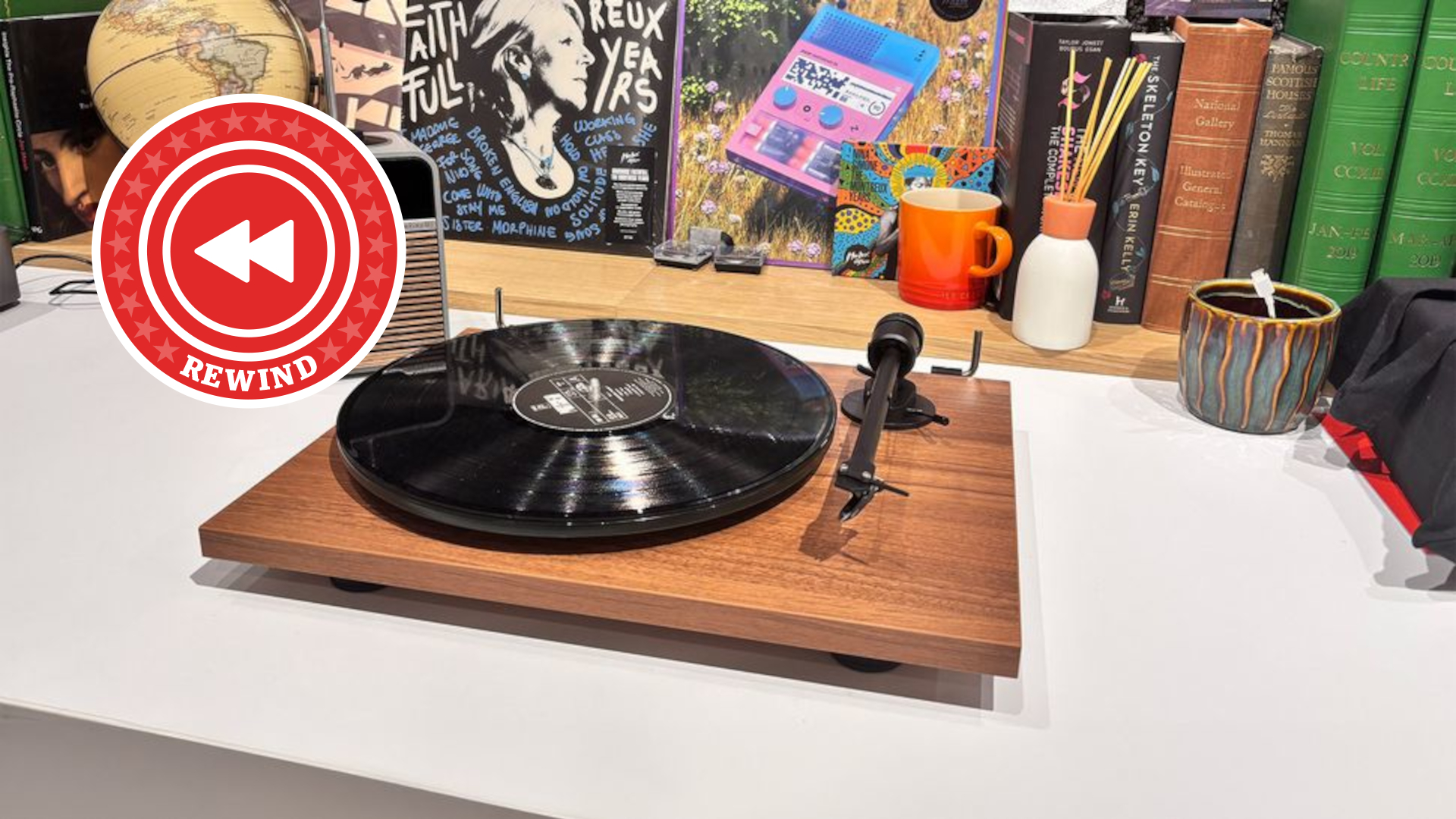Do AirPods work with Android devices? Yes – but not these 13 iOS-only features
Here's what you'll miss out on
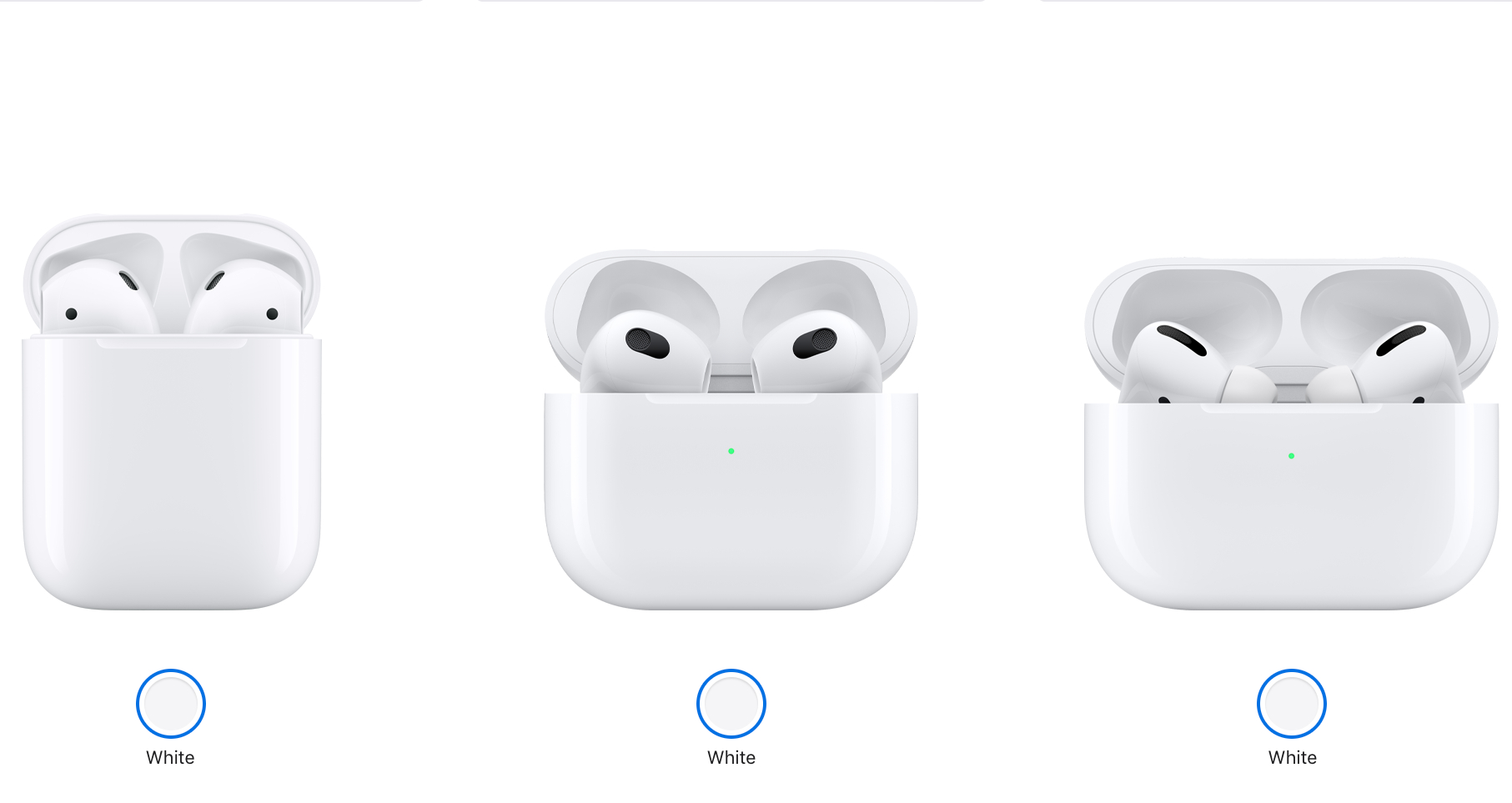
With sales just shy of 400 million, Apple's AirPods are the world's most popular headphones. They've sold about the same number of units as the Rubik's Cube (the world's most popular toy). What makes this more impressive is that a) the Rubik's Cube has been on sale for over 40 years, whereas the AirPods only launched in 2016 b) even the cheapest pair of AirPods costs about 10 times as much as a Rubik's Cube, and c) the AirPods sales figures only go up to 2022.
Staggering.
While AirPods haven't always been the best-sounding wireless headphones around, their sound quality has improved markedly in recent years, with the AirPods Max and AirPods Pro 2 earning five-star reviews. And their feature sets continue to go from strength to strength.
If you're an Apple user, that is. For anyone not using an iOS, watchOS or macOS device, the experience is rather different. But what exactly can you do with AirPods if you're not locked into the Apple ecosystem, and which features will you miss out on?
Do AirPods work with Android devices?
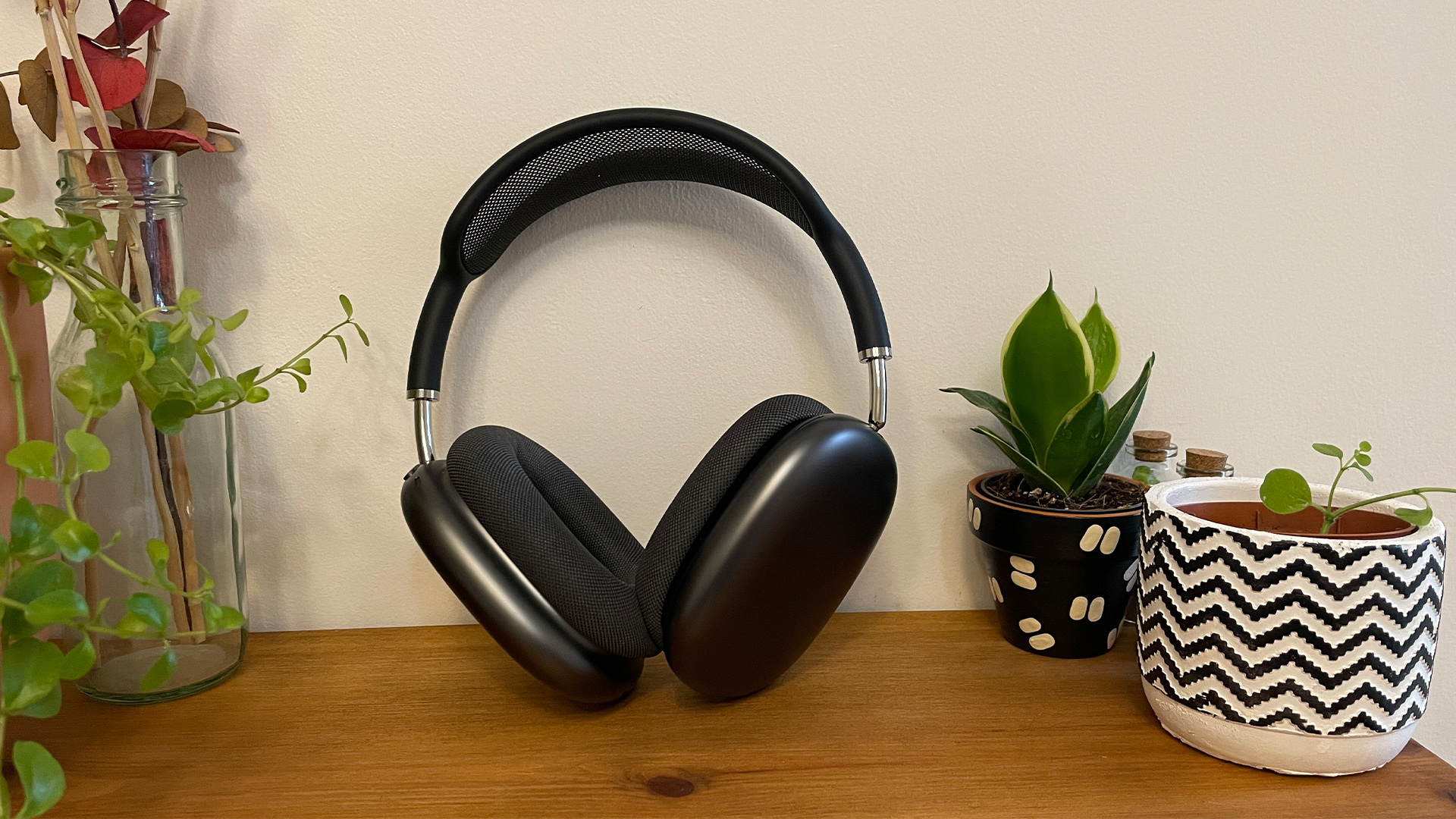
Yes, they do. Like other wireless headphones, every iteration of AirPods – the AirPods, AirPods Pro and AirPods Max – connects to a source device using Bluetooth, so they'll connect to any smartphone, tablet, computer or portable music player that's Bluetooth-enabled – which these days is most of them.
But that's not the full story.
Apple keeps some of the best features exclusive to its own devices, so you'll need an iPhone, iPad, Apple Watch or Mac to take advantage of them. It's almost as if Apple is pushing its own products, eh?
AirPods still work as wireless headphones, and features like noise-cancelling and transparency (if applicable) work the same across any device. But without an Apple source, you'll still miss out on plenty of neat features...
- Read our AirPods Pro 2 review
- See how they compare: AirPods Pro 2 vs AirPods Pro: which is better?
AirPods features that are Apple-only
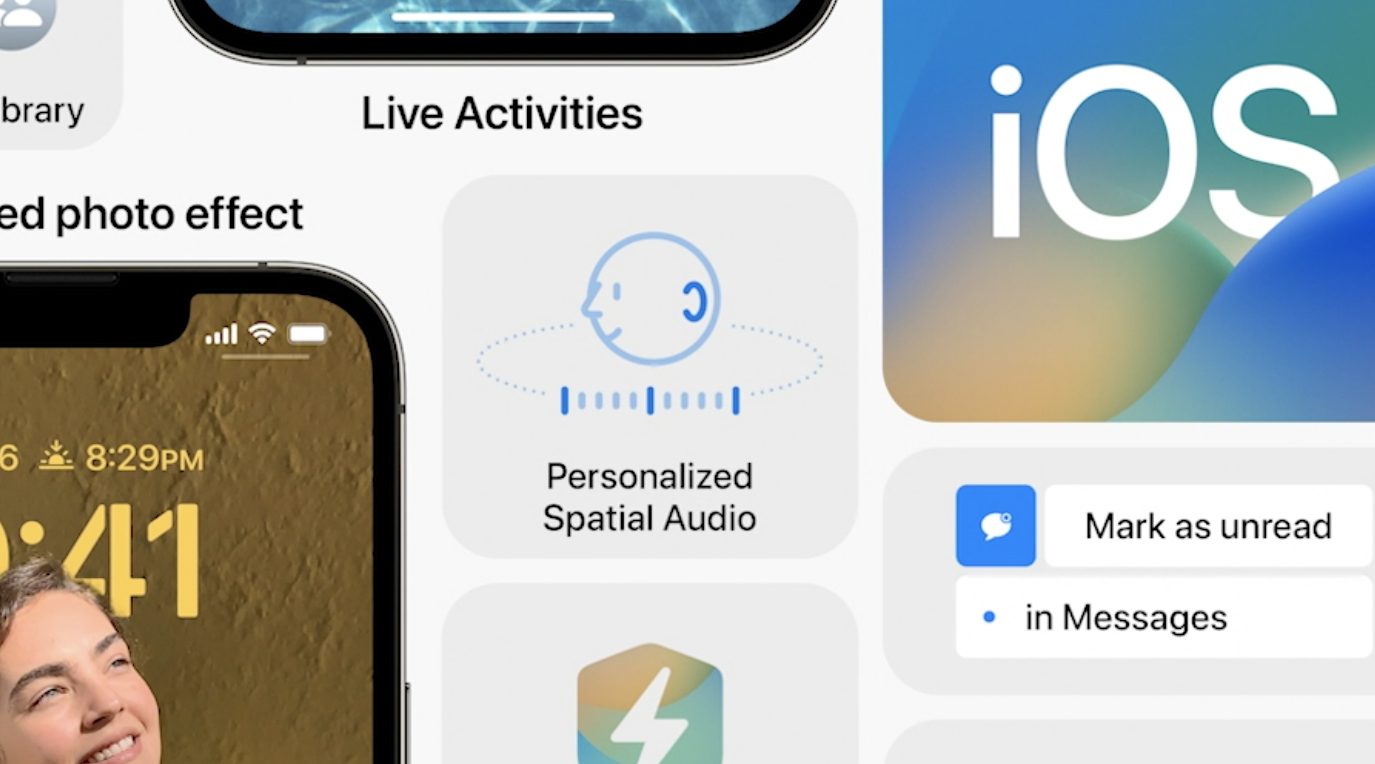
1. Full Spatial Audio
It's true that Apple's Spatial Audio technology works with any headphones, but for the full-blown experience, you'll need AirPods to be paired with an Apple device. This adds dynamic head tracking, meaning that with compatible content, as you move your head, the audio stays tethered to the screen from which it's coming. When paired with an Apple device, AirPods also allow Spatialise Stereo, which creates a similar effect with regular, non-Dolby-Atmos-encoded audio tracks. It allows you to get a similar surround sound experience from regular, non-multi-channel audio tracks thanks to computational technology.
2. Audio Sharing
Want to let a friend in on what you're listening to? Now it's easier than ever thanks to Audio Sharing. Just connect two pairs of AirPods to an Apple device, and you can both listen to the same audio, and without disturbing everyone else in the train carriage/library/lecture theatre.
3. Siri
Another neat feature that's exclusive to Apple devices, purely because non-Apple devices don't have Siri. On the first-generation AirPods, you double tap the earbud, wait for the chime, then make your request. But the second- and third-gen AirPods, AirPods Pro 2 and AirPods Max are all always listening out – just say "Hey Siri" and speak your request.
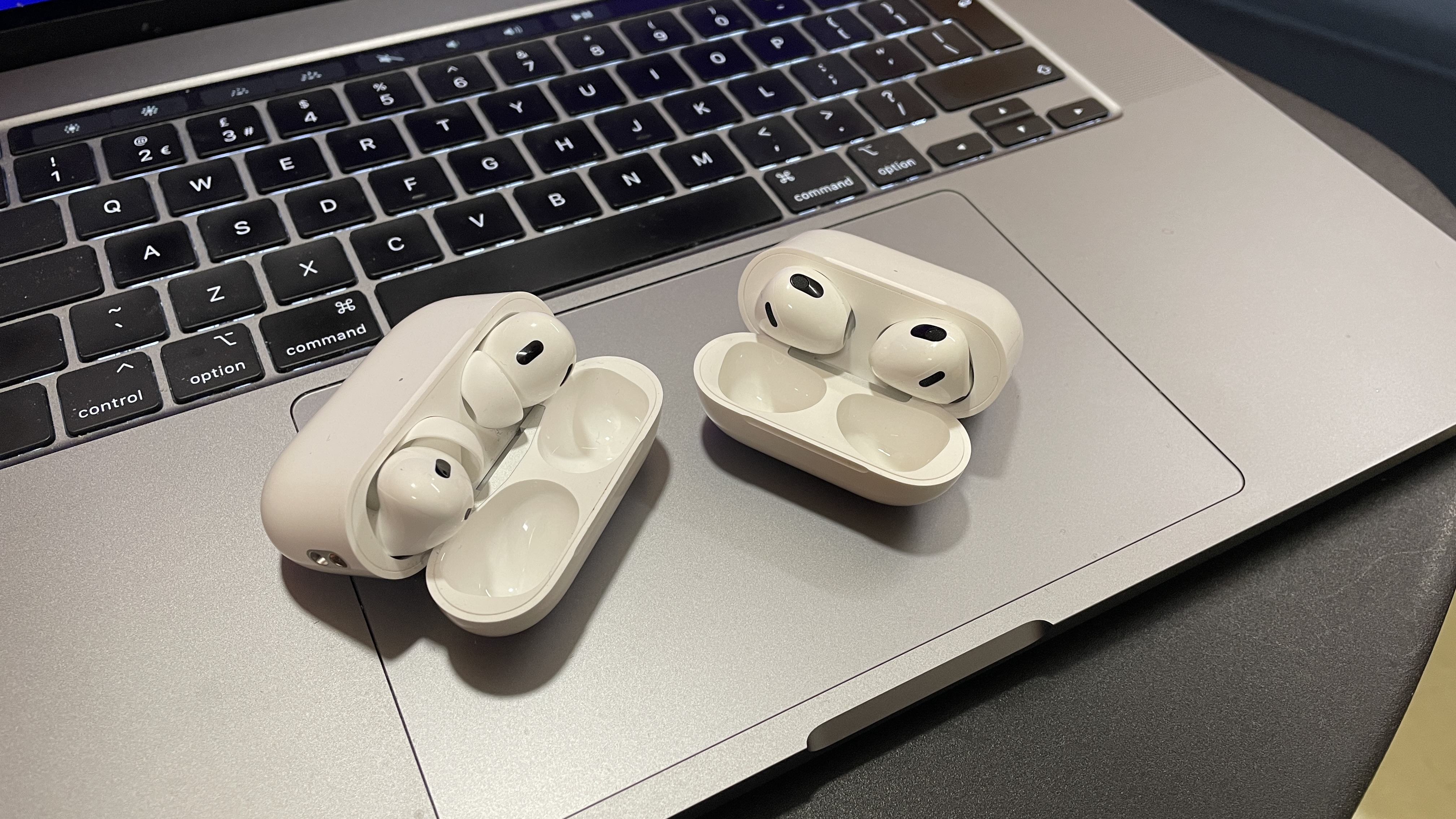
4. Read out messages
Speaking of Siri, Apple's personal assistant can read out the battery life, iMessages and more, as long as you're using an Apple device, of course. All you have to do is ask.
5. Customise controls
When paired with an Apple device, AirPods can be customised. You can choose which earbud tap or double-press fulfills what certain function – be it activating Siri, playing or pausing content, or skipping to the next audio track.
6. Quick pairing
Pairing most devices involves you finding them in a Bluetooth menu on your device and selecting them. But with AirPods and an Apple device, pairing is much simpler. As long as Bluetooth is switched on, just open your AirPods case, hold them near to your iPhone or iPad and follow the on-screen instructions. Bingo.
- Pair this: iPhone 16: price and release date rumours, leaks, predictions and more
- Find the best AirPods Max alternatives for non-iOS users
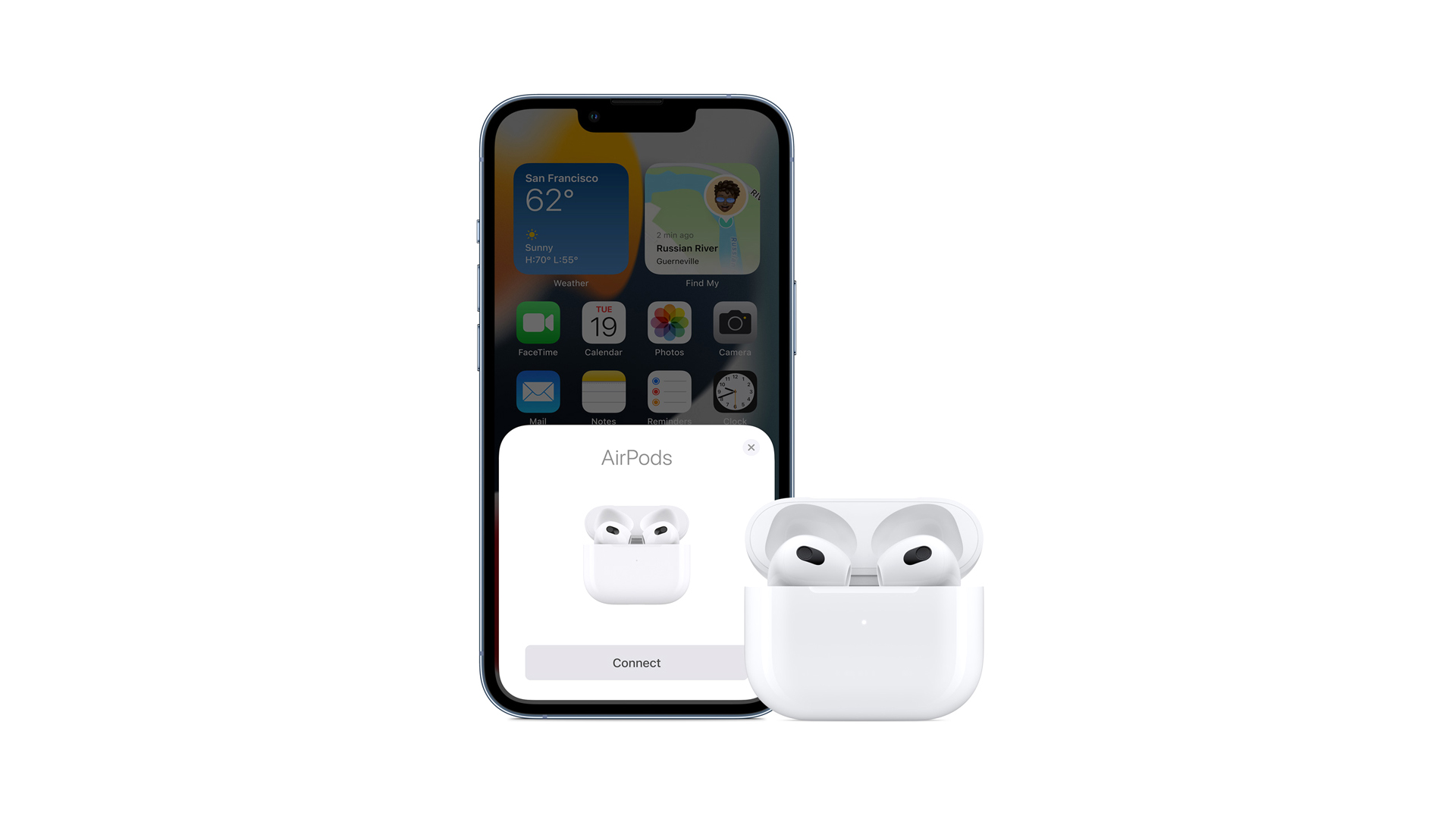
7. iCloud pairing
Once you've set up your AirPods with one Apple device (like an iPhone), they should connect automatically to your other Apple devices providing you're signed in with it using the same Apple ID. So sign in on all your devices and enjoy seamless transition between them with your AirPods.
8. Automatically stop playback
Take the AirPods out of your ears, and audio playback will stop, so you don't miss a beat. Plenty of other headphones also have this feature, but with the AirPods, it only happens when paired with an Apple device.
9. Switch audio
Take your AirPods out of your ears, and playback not only stops but also switches to your iPhone. Don't worry, it won't blare out to be heard by anyone in the vicinity. It stays paused, the theory being you won't want it playing through your AirPods if you're not wearing them. Which makes sense. Put them back into your ears, and audio switches back to them and resumes playing.
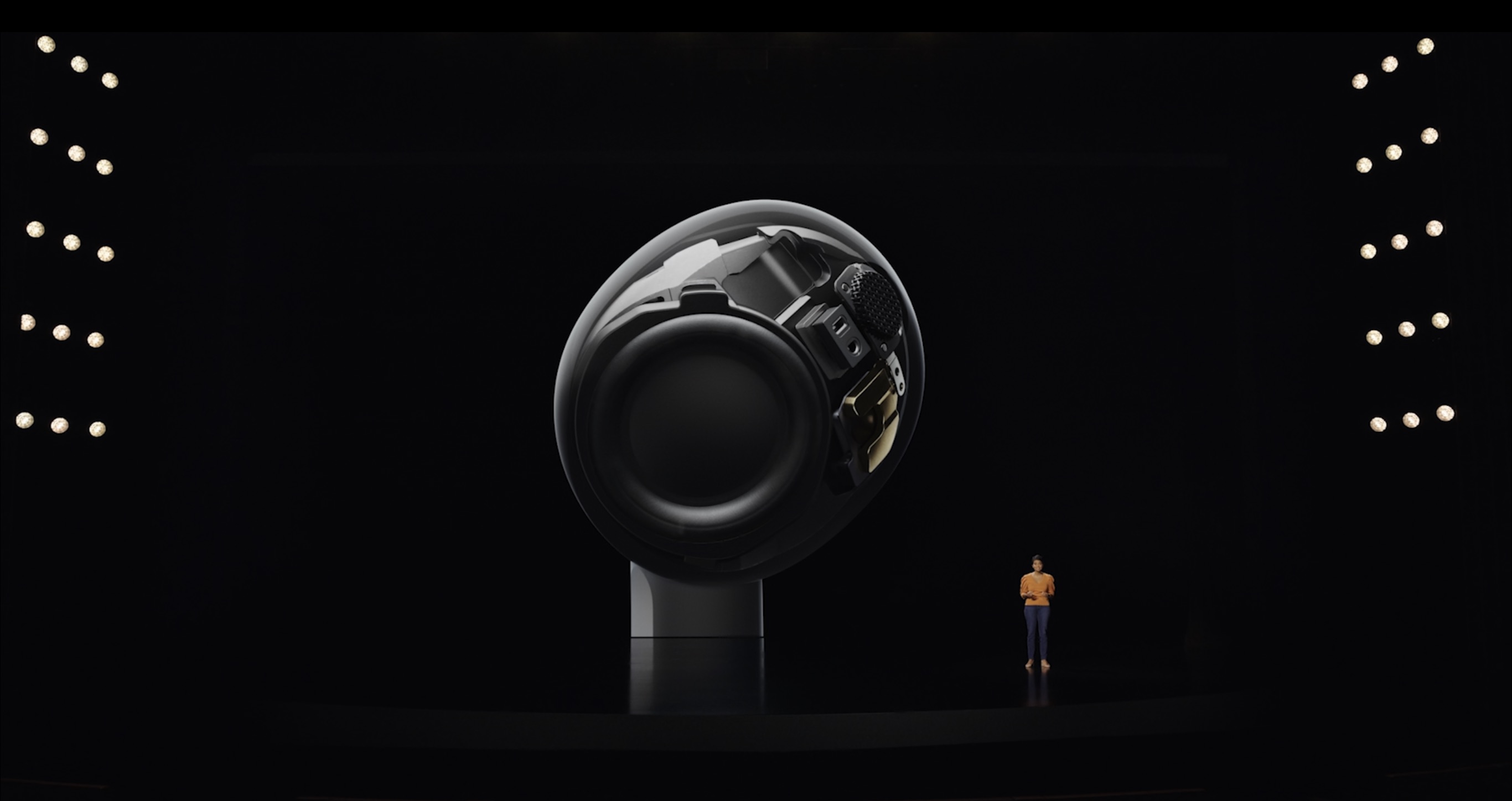
10. One-bud listening
If you're using your AirPods when going to sleep on your side, you might find it more comfortable only wearing one. Paired with an Apple device, your AirPods can play through only one earbud, saving battery life on the other.
11. Ear Tip Fit Test
The AirPods Pro feature different-sized ear tips, and to make sure you have a good fit, you can take an Ear Tip Fit Test through your iOS device. Make sure your device is running iOS 13.2 or later, then open Settings and go to Bluetooth, where you'll see the test. This will analyse your fit and advise you on how to get the best seal, which will ensure you get optimal noise cancellation and sound quality.
12. Adaptive EQ
Some models of AirPods adjust their sound in real-time based on how they fit in your ear. That means the equaliser adapts depending on ambient sound, so if you go into a noisy cafe, the audio will compensate.
13. Find My AirPods
Lost your AirPods? Not to worry. Find My AirPods will let you locate your AirPods on a map, and play a sound to help you find them (handy if they're just down the back of the sofa). But because it works through iCloud, you'll need to have them paired with an Apple device to make it work.
MORE:
Read our Sony WF-1000XM5 review
These are the best AirPods alternatives
Go behind the scenes: How the AirPods 3 were made – and how Apple plans to make them even better
Get the What Hi-Fi? Newsletter
The latest hi-fi, home cinema and tech news, reviews, buying advice and deals, direct to your inbox.
Joe has been writing about tech for 20 years, first on staff at T3 magazine, then in a freelance capacity for Stuff, The Sunday Times Travel Magazine (now defunct), Men's Health, GQ, The Mirror, Trusted Reviews, TechRadar and many more. His specialities include all things mobile, headphones and speakers that he can't justifying spending money on.

